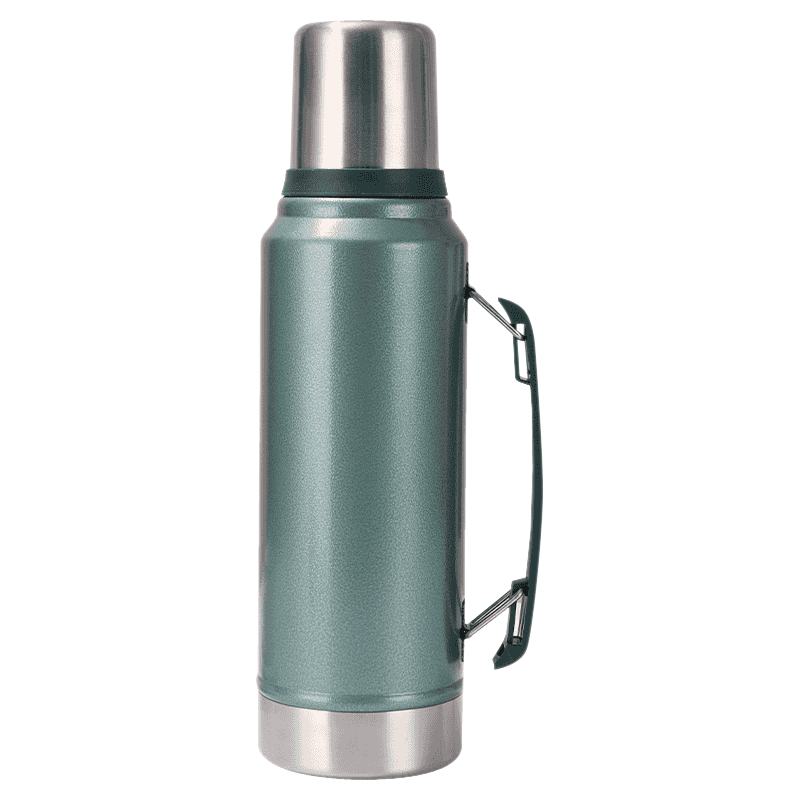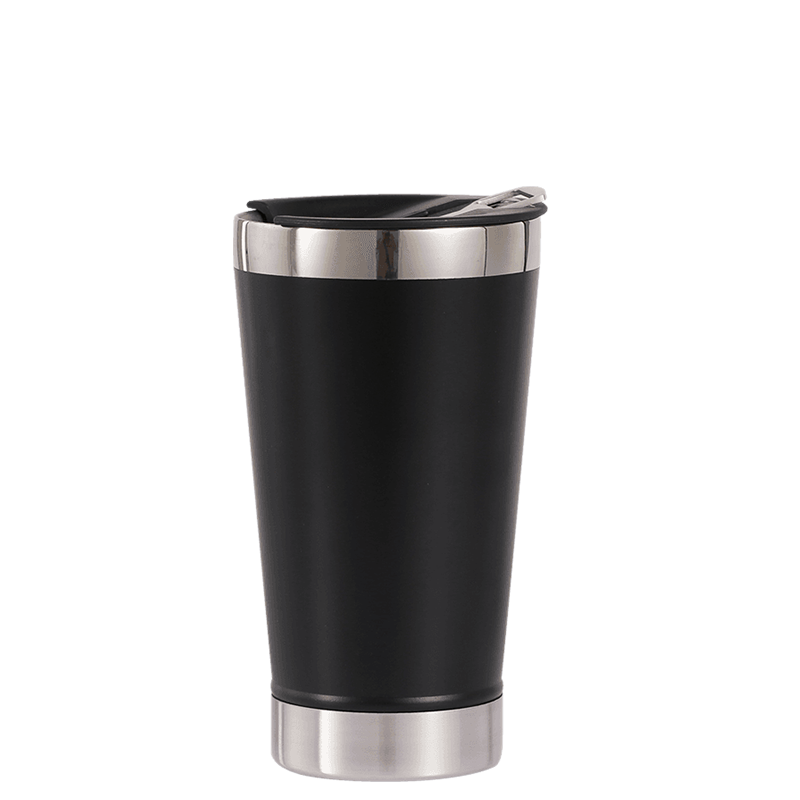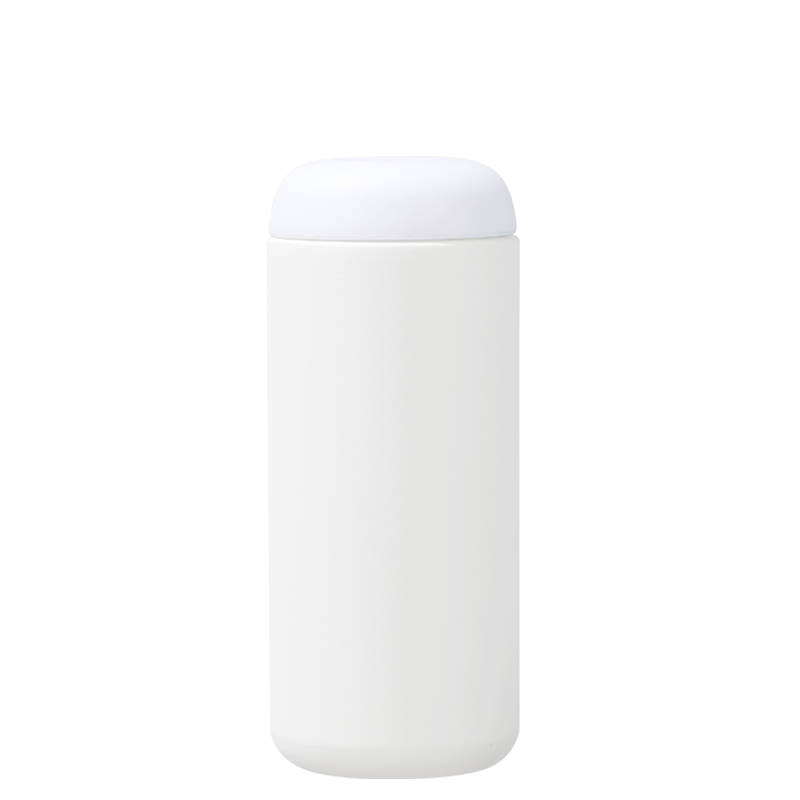
+86-13566758039

Industry News
In recent times, the growing emphasis on personal wellness and sustainable living has reshaped how people approach fitness and daily hydration. As more individuals incorporate physical activity into their routines, the demand for reliable and functional sports water bottle options has surged.
A well-designed sports water bottle can significantly enhance hydration by facilitating consistent fluid intake without disrupting exercise flow. Squeezable models, for instance, allow users to expel water quickly through pressurized nozzles, enabling rapid drinking during high-intensity sessions. This design reduces the time spent fumbling with caps or tilting bottles, which is particularly useful in activities like running or weight training. Additionally, features such as high-flow spouts and integrated straws provide effortless access to liquids, encouraging frequent sips that help maintain electrolyte balance and prevent dehydration. By minimizing interruptions, these bottles support sustained physical performance and recovery, making them a valuable companion for fitness enthusiasts.
The ability of a sports water bottle to endure rough handling in environments like gym bags or travel packs depends on its construction and material choices. Stainless steel variants, often used in double-walled insulated bottles, offer resilience against dents and impacts due to their robust metallic composition. These bottles typically include protective silicone boots at the base to absorb shocks from drops, while reinforced seams prevent structural weaknesses. On the other hand, bottles made from Tritan plastic provide a lightweight yet sturdy alternative, with inherent resistance to cracking under pressure. Designs with locking mechanisms, such as screw-on caps or press-to-seal valves, further enhance durability by preventing accidental openings and leaks. For brands like Aijunware, incorporating these elements ensures that bottles remain functional and intact through daily use, aligning with the practical demands of active consumers.
Textured grips on sports water bottles play a vital role in maintaining control, especially when hands are sweaty or wet. These surfaces are often achieved through methods like powder coatings, silicone sleeves, or molded patterns that increase friction. For example, diamond-textured finishes or ergonomic contours allow for a secure hold during dynamic movements, reducing the risk of drops. In products from Aijunware, such features are integrated into the bottle's body or cap area, ensuring that users can comfortably carry and operate them during activities like cycling or group sports. This attention to grip design not only enhances safety but also boosts confidence, as individuals can focus on their routines without worrying about mishaps.
Insulated sports water bottles use double-walled construction to create a barrier that slows heat transfer, keeping drinks cold or warm for extended periods. This is achieved through vacuum sealing between the layers, which reduces conduction and convection. For outdoor enthusiasts, this means water stays refreshing during summer hikes or retains warmth in cooler climates, enhancing comfort and motivation to hydrate. Some designs include copper or silver coatings to improve thermal efficiency.
Leak-proof designs rely on precision engineering, such as silicone gaskets, locking tabs, or magnetic closures, to create seals that withstand movement and pressure. These mechanisms prevent spills in bags or during transport, protecting belongings and reducing mess. For example, push-button lids with automatic sealing valves ensure that bottles only open when intended, providing peace of mind during commutes or workouts.
Ergonomic shapes contour to the hand, reducing strain and improving comfort during extended carry. Bottles with curved indentations or tapered profiles fit naturally in palms, making them easier to grip and operate. This is particularly beneficial for children, elderly users, or those with mobility concerns, as it minimizes effort and enhances accessibility.

You know the scenario: Unpack a new hydration product, take an initial sip, and detect a subtle plastic aftertaste during early use—how should this be addressed?
Start with the basics: the smell or taste comes from volatile compounds that linger in plastics, sealants, or manufacturing residues. During molding and assembly, small amounts of release agents, lubricant residues, or plasticizer traces can cling to surfaces. Those molecules evaporate into enclosed spaces and transfer into the liquid when you pour. When a bottle uses thin plastic walls or an untreated cap liner, the permeation and transfer of these compounds is more noticeable.
What that means for you: begin with the cap, nozzle, and flexible components. Employ methods that neutralize or displace retained residues instead of only masking them.
Separate the cap, valve, straw, and any silicone gaskets.
Smell each part individually; often the strongest source is the valve or the underside of a flip lid.
If any pieces are brittle, misshapen, or permanently stained, consider replacing the part rather than aggressive chemical cleaning.
3.1 Do not use boiling water on components not rated for high temperature. Some polymers deform with heat.
3.2 Avoid concentrated bleach on colored components — dilute and use only if the manufacturer permits, then rinse thoroughly.
3.3 Replace soft gaskets periodically; they trap odors and are inexpensive compared to full bottles.
Regular maintenance prevents residue buildup and material degradation, prolonging a bottle's usability. Simple habits like rinsing after each use and air-drying components help avoid mold or stains. For deeper cleaning, rotating between vinegar soaks and baking scrubs can address odors and discoloration. It's also advisable to inspect seals and lids periodically for wear, replacing them if needed. Aijunware provides care guidelines with their products, emphasizing how routine upkeep preserves appearance and functionality. By adopting these practices, users can ensure their bottles remain hygienic and dependable over time.
Aijunware stands out by blending innovative design with user-centric features that cater to diverse hydration needs. Their bottles incorporate elements like non-slip textures, crush-resistant materials, and adaptable lids, offering a balance of style and practicality. The company's commitment to quality is evident in rigorous testing processes that assess durability, leak resistance, and taste preservation. For consumers looking for a reliable sports water bottle, Aijunware presents options that align with active lifestyles while supporting environmental stewardship. Exploring their range can reveal products that seamlessly integrate into daily routines, delivering hydration solutions that are both functional and forward-thinking.
Your email address will not be published. Required fields are marked *








* Your email is safe with us, we don't spam.


Our company's products include vacuum flasks, beer mugs, coffee mugs, car tumbler, fire stove and tensile parts, etc.
Phone: +86-13566758039
Tel: +86-0579-87171178
Fax: +86-0579-87171178
E-mail: [email protected]
Add: No.29, Qiaodong Road, Qiaotouzhou Village, Longshan Town, Yongkang, Jinhua, Zhejiang, China.

 English
English 中文简体
中文简体 日本語
日本語 Français
Français Español
Español